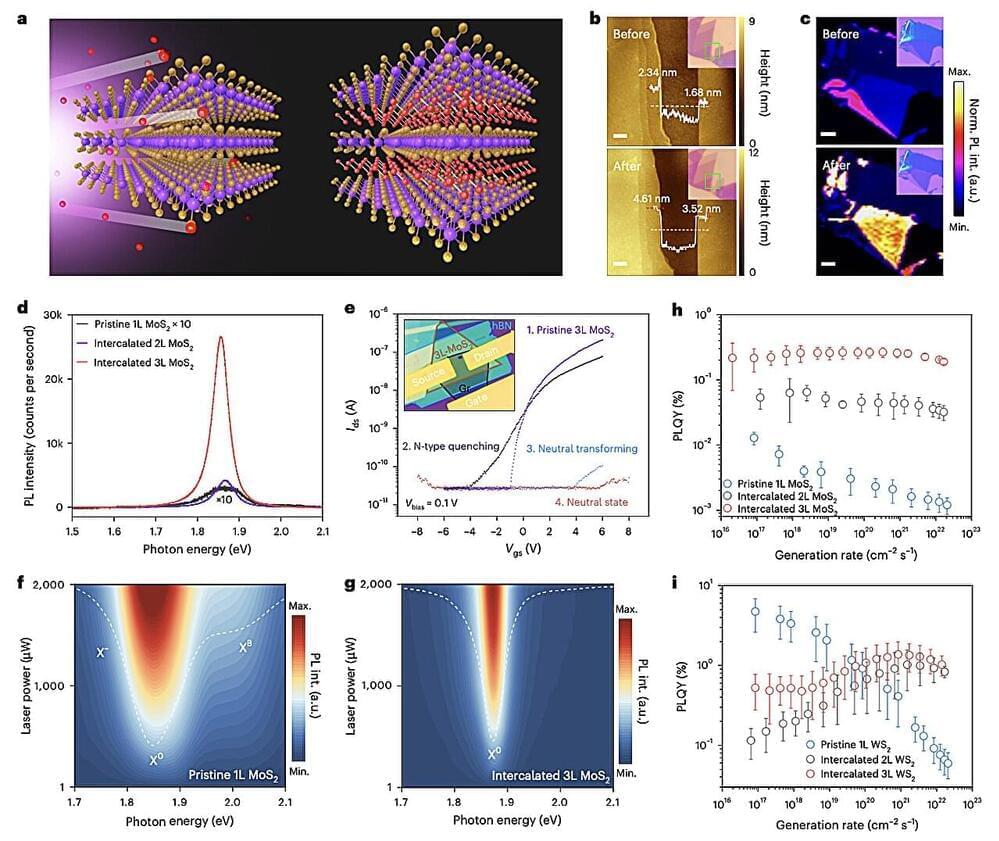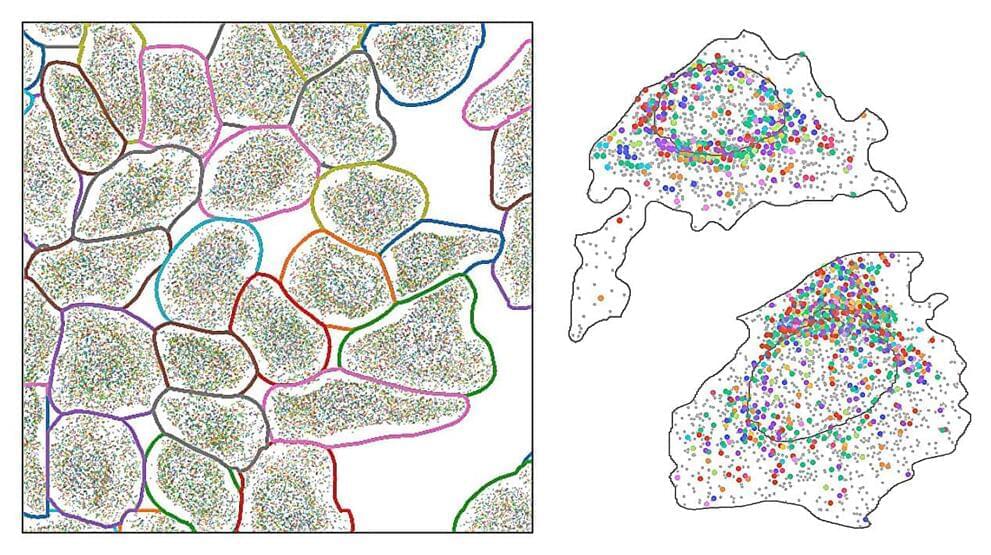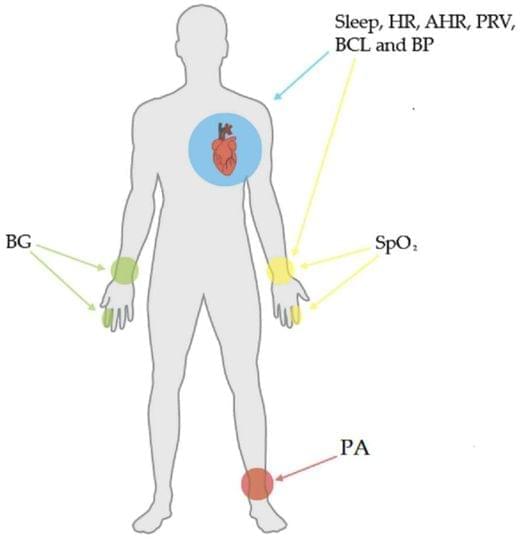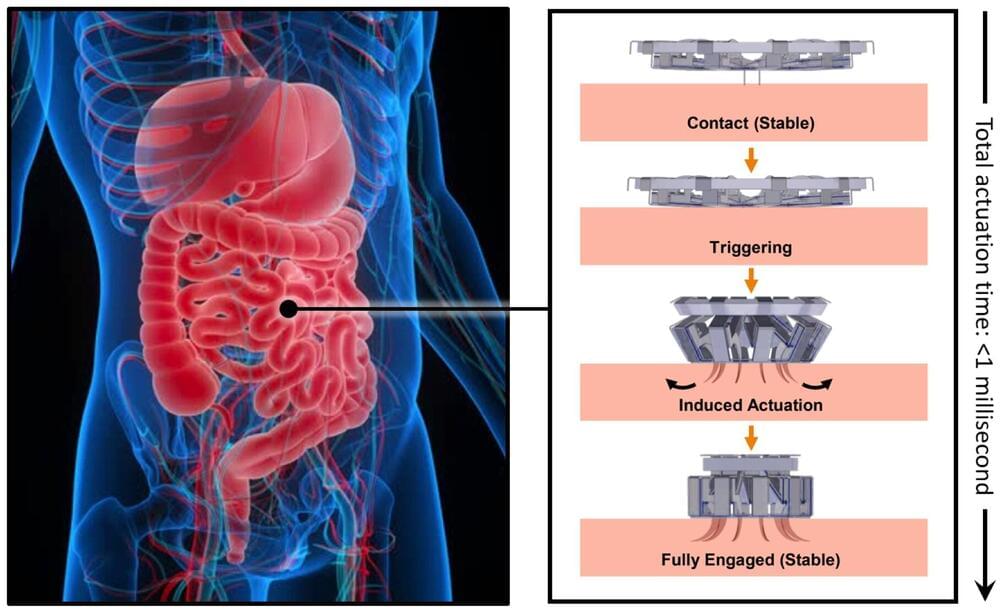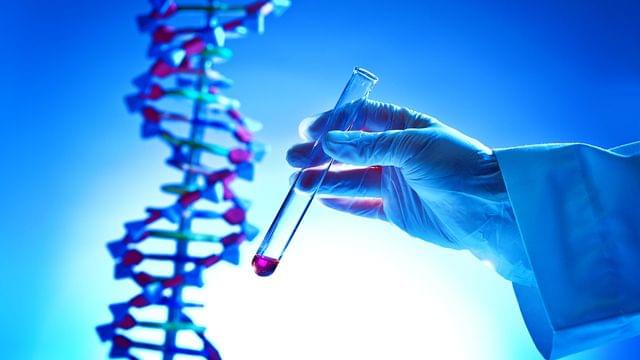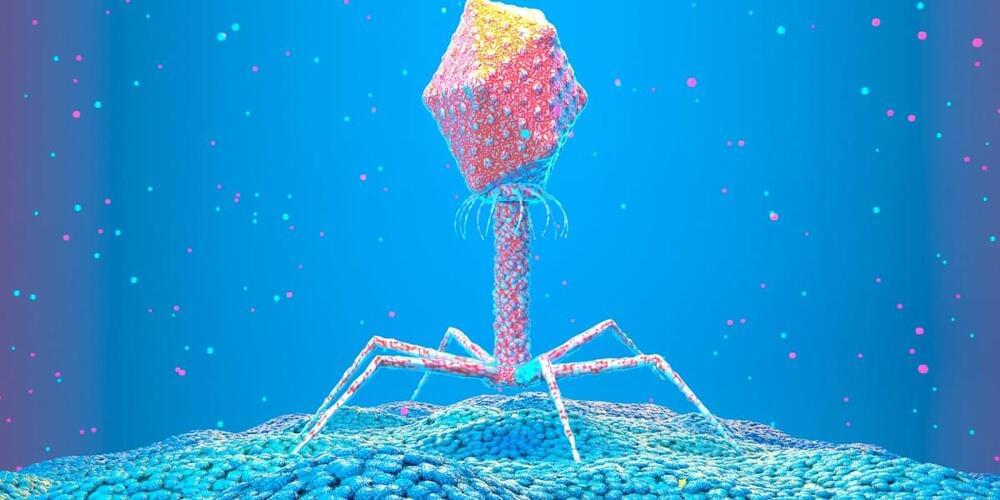Dec 6, 2024
NASA’s Swift Studies Gas-Churning Monster Black Holes
Posted by Natalie Chan in categories: cosmology, physics
Scientists using observations from NASA’s Neil Gehrels Swift Observatory have discovered, for the first time, the signal from a pair of monster black holes disrupting a cloud of gas in the center of a galaxy.
“It’s a very weird event, called AT 2021hdr, that keeps recurring every few months,” said Lorena Hernández-García, an astrophysicist at the Millennium Institute of Astrophysics, the Millennium Nucleus on Transversal Research and Technology to Explore Supermassive Black Holes, and University of Valparaíso in Chile. “We think that a gas cloud engulfed the black holes. As they orbit each other, the black holes interact with the cloud, perturbing and consuming its gas. This produces an oscillating pattern in the light from the system.”
A paper about AT 2021hdr, led by Hernández-García, was published Nov. 13 in the journal Astronomy and Astrophysics.

